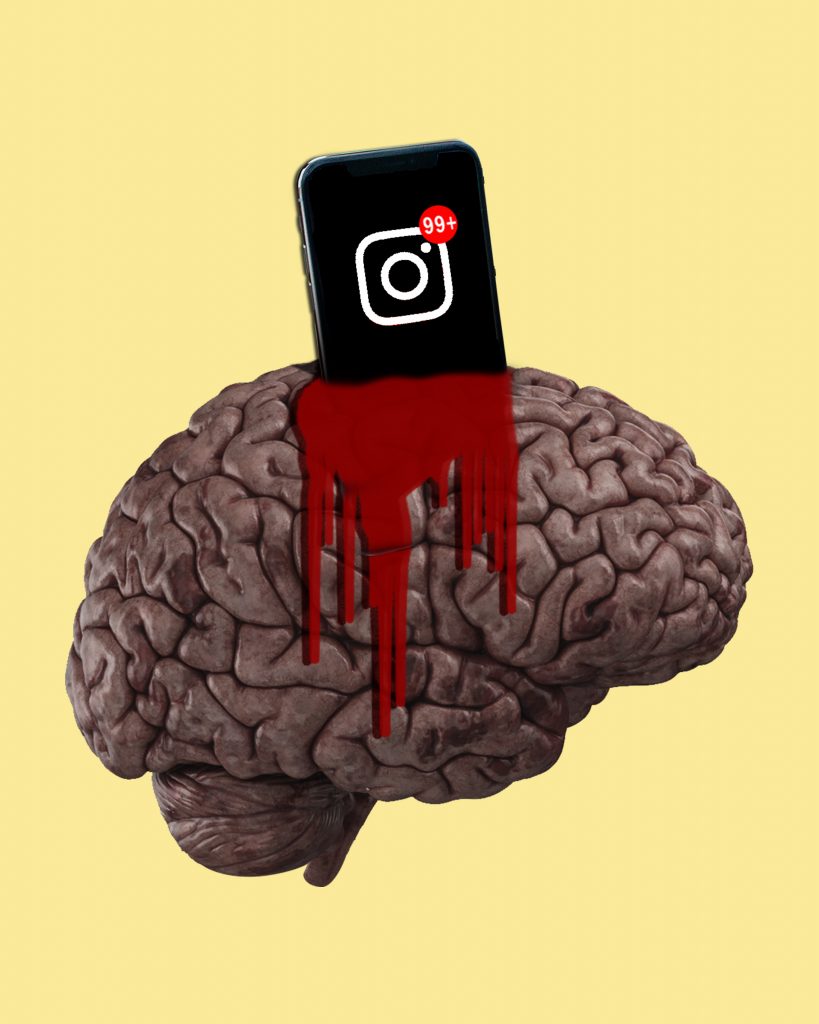Wild, creative, and naive: being a young artist is an adventurous journey into the unknown. I began that journey with wide eyes, fueled by musical passion and tireless curiosity to collaborate with other creative souls. Mine is a story familiar to many artists in their early days, plunging into the musical ocean with a swimsuit made of youthful naivety.
Even now, twenty years later, I still crave the twists and turns of creative interaction. ‘Hey! Let’s write something together!’ is still a phrase that makes me drop what I’m doing to go and explore new creative avenues. Working with others reignites that creative spark time and time again.
But, 20 years later, music isn’t the only thing I’m passionate about. You see, my story took an unexpected and painful twist. But the silver lining is that this eventually led me on to a new creative road. The one I am on today: Building fuse.space. Let me take you right back to the beginning…
In 2009, some beats I’d been working on showed up on the radar of a big-time producer in London at the time. When I was invited to pitch, I was excited: This was the chance. So I grabbed my strongest ideas, zipped them up, and sent them off. The feedback was great, and there was an immediate exchange of ideas. Things looked like they were really taking off, until the project seemed to run into the ground, and I didn’t hear anything further from Mr. Big-Time.
Fast forward 12 years, and I’m searching around on Spotify and stumbled upon the page of the artist in question. Imagine my surprise when, instead of listening to his original compositions, I hear something far more familiar — my own songs. The ones I had sent him back in 2009. Released online without permission, without enquiries, or anything resembling an agreement.
At first, I was fuming with anger. After all, I’d never heard from the artist or his management again. But after a while the anger gave way to the need to be pragmatic. I made phone call after phone call. I searched my archives for emails, project files, or anything related to the beats I’d sent. But I had no luck. I had changed my email address years ago and had only the completed songs that the artist had returned to me in my newer archives. The project files I’d made back in 2007 couldn’t be opened. As hard as I tried, I couldn’t find a single record that proved those songs were mine. I contacted my lawyer, who confirmed what I already suspected — Without legal proof of my intellectual property a case like this was difficult at best.

Now, people often suggest that what writers should do is send their music recordings to themselves by recorded mail. That way I would have a time stamp certifying my creation. But the more I thought about it, the more I came to feel we need a smarter way of proving intellectual property. Modern music production is dynamic, flexible, and fast-moving. Artists collaborating together need to be able to add to creative work at any time, without worrying about security issues. Sealing art up in an envelope and hiding it away just doesn’t cut it in the modern world.
And that’s exactly the eureka moment that led me to found fuse.space. It’s a simple idea really — that every creative person out there deserves to have their creative ideas protected, each step of the way. It’s about transparent, comprehensive protection of intellectual property. And most importantly, not just of the end product, but the whole creative process. In founding fuse.space, I want to enable creators to come together in a safe space protecting their creative work. The ultimate goal? To create an unlimited world of creative collaboration.